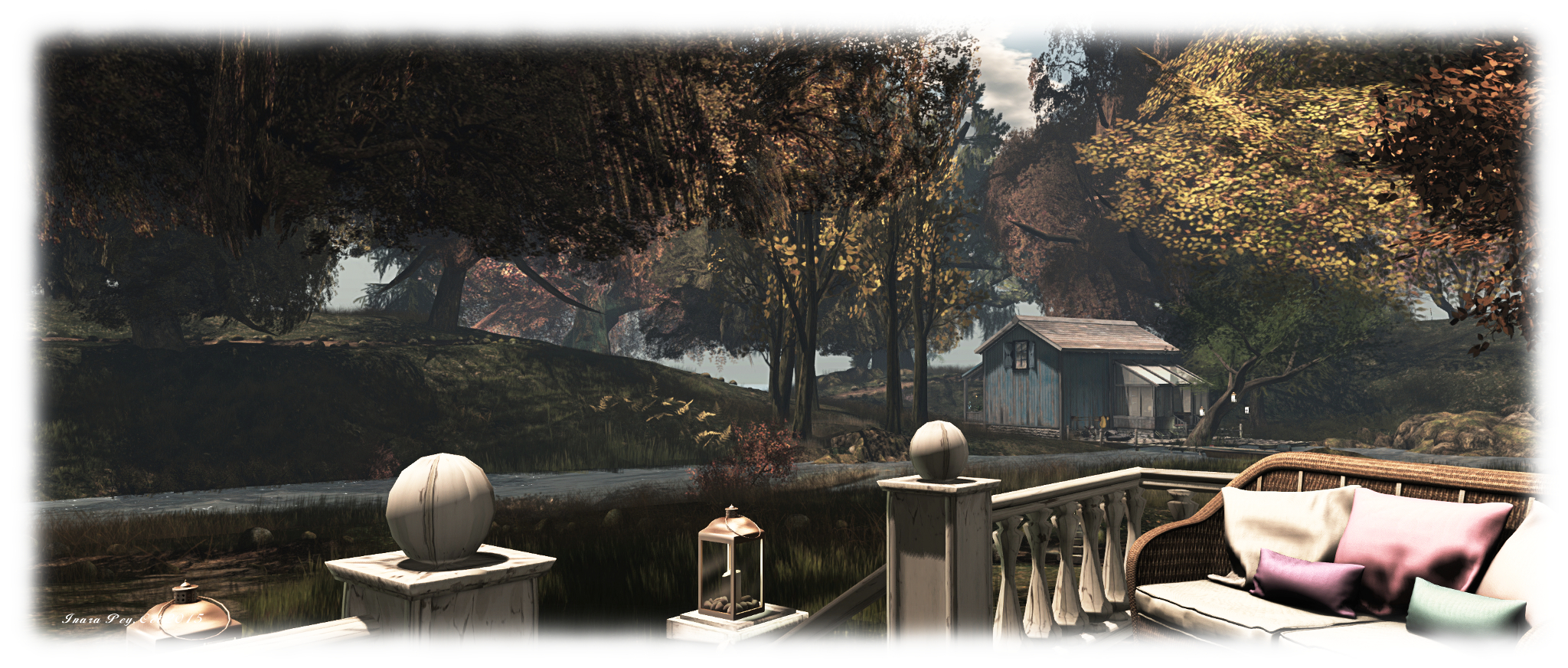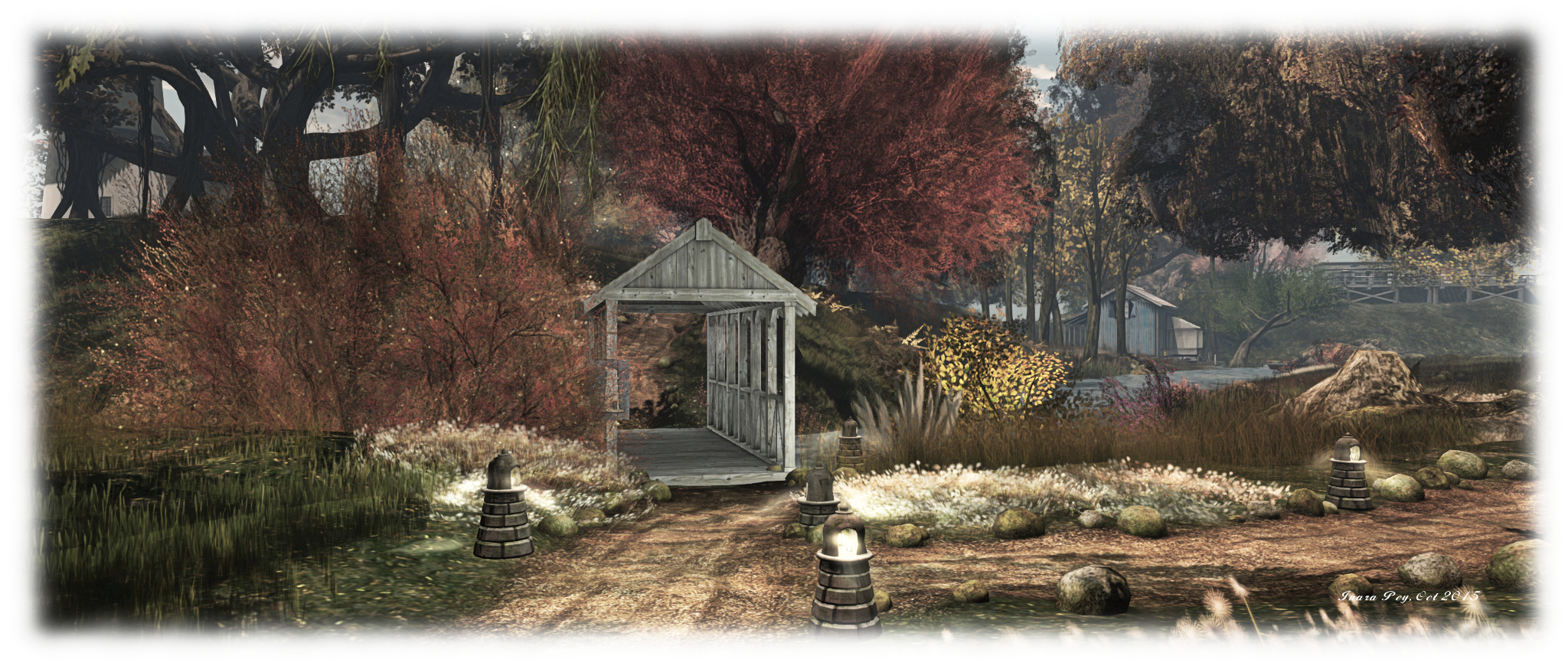 It’s widely recognised that for many with disabilities, Second Life offers a major source of engagement, support and enjoyment which might otherwise be beyond their reach. As a result, there are a number of charities, organisations and support groups active within Second Life providing a wide range of services and support networks for those with disabilities and / or disabling illnesses.
It’s widely recognised that for many with disabilities, Second Life offers a major source of engagement, support and enjoyment which might otherwise be beyond their reach. As a result, there are a number of charities, organisations and support groups active within Second Life providing a wide range of services and support networks for those with disabilities and / or disabling illnesses.
One such group, of which I’m embarrassed to say I only quite recently became aware, is the Pixel to Pixel (P2P) Foundation. Founded in 2009 by Jadyn Firehawk (also known within P2P as Pixel Falconer), it offers a unique service to Second Life users who in the physical world are supporting themselves purely through disability benefits.
“Second Life is a lifeline to many people with disabilities,” Jadyn says in discussing P2P’s function. “Some may live in social isolation, so SL keeps them connected with friends. Others may suffer a physical impairment, and SL gives them the virtual experience of full mobility and freedom.
“But there are costs associated with being involved in Second Life, and for those who are reliant solely on disability assistance programme benefits can struggle to meet those costs. So, the P2P Foundation gives direct financial assistance in the form of weekly Linden dollar stipends to people on disability, to help them enjoy their time in-world.”

This stipend, L$500 (approx US $2.00) per week, may not sound much, but for someone who is living purely on benefits, it can mean a lot. As one participant states, “two dollars for me means a loaf of bread for a week.” So the stipend can lift the burden of choice, allowing the recipient to put it to use in Second Life – help cover their rent, upload textures, buy goods or clothing in-world, or spend it however they like, without necessarily having to draw on their physical world finances. As well as the stipend programme, P2P will occasionally award discretionary grants to recipient, so that they can start a business or pursue a major creative project in Second Life.
Because P2P operates purely in-world, beneficiaries can reside in any country around the globe, and their disability assistance can be either from their government or from a private disability insurance company. However, in order to be eligible for the P2P programme, applicants and recipients must be able to demonstrate, if asked, that they are on disability benefits. This is done by sending a copy of their disability benefits award letter (or similar document) to Jadyn via regular, physical world mail, with their personal identifying information blacked out and replaced with their avatar name.

The money used to pay out the stipends comes directly from donations and fund-raising activities. These currently enable the Foundation to support 20 people in Second Life through payouts amounting to L$10,000 a week. However, as Jadyn notes, there are a further 20 people on the Foundation’s waiting list – and it can take in excess of two years for someone to secure a place in the programme.
“People who are on disability and in Second Life tend to stay, because SL becomes such an important part of their daily lives, meaning that new slots do not often open up,” Jadyn tells me.
Currently, P2P can generally only take on new recipients as a result of others leaving the programme, such as by becoming self-sufficient through their own entrepreneurial activities in SL – hence the discretionary grants programme P2P operates, which can help facilitate this.
One way to increase the number of people the Foundation can support is through greater guaranteed inflow of donations. Anyone can help with this, simply by making a donation of any amount directly to Pixel Falconer, the Foundation’s donations account, or through one of the Foundation’s donation kiosks located throughout Second Life (see the list at the end this article for the current locations).
Businesses, venues and groups can also help with fund-raising by visiting the Foundation’s HQ to obtain a fund-raising kit, and then setting-up kiosks, posters, etc., in their store / on their land. The kiosks not only help with generating funds to run the programme, but also help raise awareness of P2P’s work. Jadyn would also be delighted to hear from any business, venue or group interested in organising and hosting a P2P fund-raiser.

Two of the most effective means of assisting the Foundation is to either become a weekly / monthly donor, or by sponsoring P2P participant.
If you would like to become a weekly / monthly donor, you can do so by making your payments directly to Pixel Falconer. Or you can also grab a donation kiosk and use it as a visual reminder to donate, rather than relying purely on memory to make payments to Pixel Falconer it might also encourage your friends to support P2P!).
Should you wish to sponsor a P2P participant, either as an individual or through your business, please contact Jadyn Firehawk directly in-world.
Continue reading “P2P: Helping those with disabilities in Second Life”



